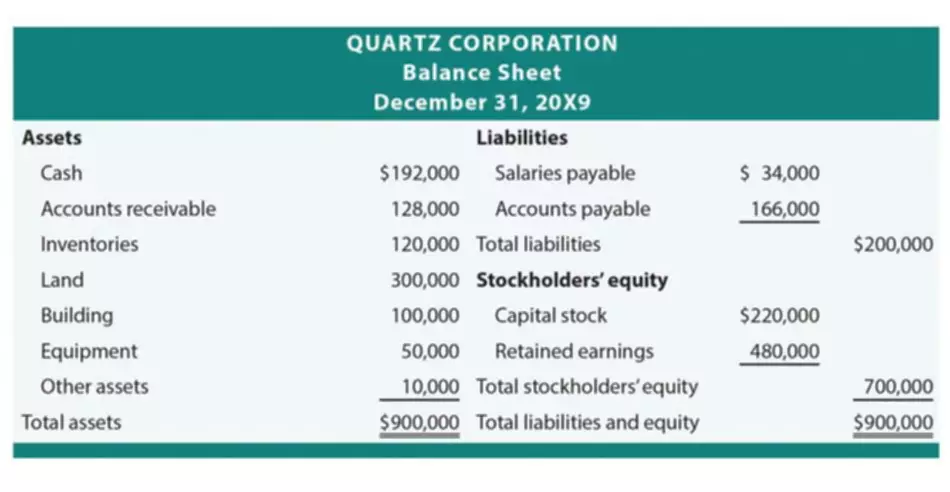Content
In the case of a typical business, if it is newly started, it becomes tough to predict the demand for the products/services accurately. But this can be dealt with by putting a Flexible budget https://www.bookstime.com/ in place. Mary Girsch-Bock is the expert on accounting software and payroll software for The Ascent. The factors of production are prone to certain limitations and are not in human control.

In this case, variable costs must appear as a percentage of the total revenue or constant rate per unit. While even a static budget is better than no budget at all, creating a flexible budget provides a much clearer picture of revenues and production costs. If you own an ice cream shop, you know that the height of your business will be in the warm summer months. With flexible budgets, managers are constantly updating their projections and cost controls with current information. The most significant advantage of flexible budgets over static ones is the ability to adapt to changes in the real world. Nothing ever stays the same, and management has the responsibility to respond to unanticipated adverse conditions and to take advantage of unexpected opportunities.
Pandemic Budget: 70% Capacity
Traditionally, companies spend weeks or months creating an annual budget that’s more chiseled in stone than fluid and flexible. For the personality types that tend to be drawn to finance careers, that certainty provides a blanket of security, with its solid numbers and well-documented milestones. The fallacy in cost classification under fixed and variable heads.
For example, suppose a proposed sale of items does not occur because the expected client opted to go with another supplier. In a static budget situation, this would result in large variances in many accounts due to the static budget being set based on sales that included the potential large client. A flexible budget on the other hand would allow management to adjust their expectations in the budget for both changes in costs and revenue that would occur from the loss of the potential client. The changes made in the flexible budget would then be compared to what actually occurs to result in more realistic and representative variance. This ability to change the budget also makes it easier to pinpoint who is responsible if a revenue or cost target is missed. There are two types of budgets namely fixed budget and flexible budget.
Sales Volume as a Measure of Activity of a Flexible Budget
Let’s imagine that a manufacturer has determined what its electricity and supplies costs are for the factory. Flexible budgets are key to ensuring unexpected expenses can be covered. A budget software should be able to give you these figures so if your variance was 5% for the year, you can pad each month by 5% in order to cover what is a flexible budget any budget variances. However, when you calculate a flexible budget you leave room for unforeseen circumstances or emergencies. All of these budgets have to coincide with the gross margin of the company which is the profitability of the company. Historically financial modeling has been hard, complicated, and inaccurate.
The flexible budget will vary with each activity level and adjusted when the actual activity level is determined. Thus, the cost manager can use a flexible budget as a reference tool for measuring the variance with the actual performance and result. It helps in setting the expected costs, revenues, and profitability of the business.
Flexible Budget Performance Report
The genesis of the problem is that variable costs will tend to track volume. If the company produces and sells more products than anticipated, one would expect to see more variable costs . Presumably, it is a good thing to produce and sell more than planned, but the variances resulting from the higher costs can appear as a bad thing!
- In the case of a flexible intermediate budget, it is common to find expenditure varying on the impact of other measures other than revenues.
- Expenses such as rent, management salaries, and marketing costs remain static and do not change based on production.
- Thus it becomes difficult for the experts to prepare Flexible budgets.
- It can also be calculated as per-unit variable cost over the per-unit sales cost, or $.75 / $3.
- During her career, Lisa launched her own small writing and instructional design business and writes about business for major web publishers such as Harvard Business Publishing.
- And you know what they say about the future – it’s hard to accurately predict it.
Layered on top of that is a flexible budget system allowing for variable costs to fluctuate based on sales performance. A great deal of time can be spent developing step costs, which is more time than the typical accounting staff has available, especially when in the midst of creating the more traditional static budget. Consequently, the flex budget tends to include only a small number of step costs, as well as variable costs whose fixed cost components are not fully recognized. The flexible budget model only makes it possible to compare actual expenses and budgeted expenses. With the model, it is not possible to compare budgeted revenues to actual revenues.
